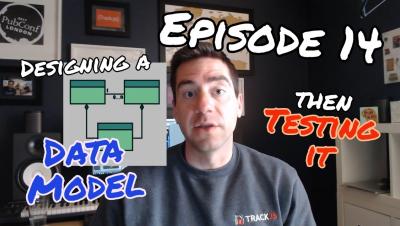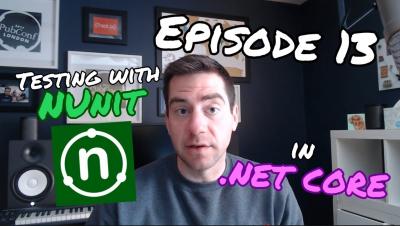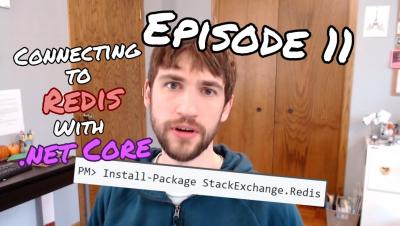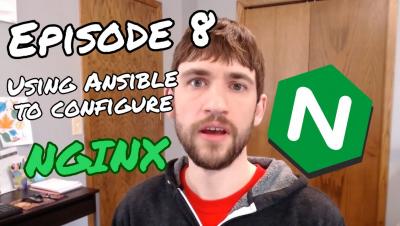Episode 14: Designing and Testing a Data Model
It's time to think about the data model for Request Metrics. We plan to store all customer records in Redis. This requires some thought because Redis is not a relational database. The first thing we need is a user. We'd like to work on authentication soon and we won't get far without a user to login with.











